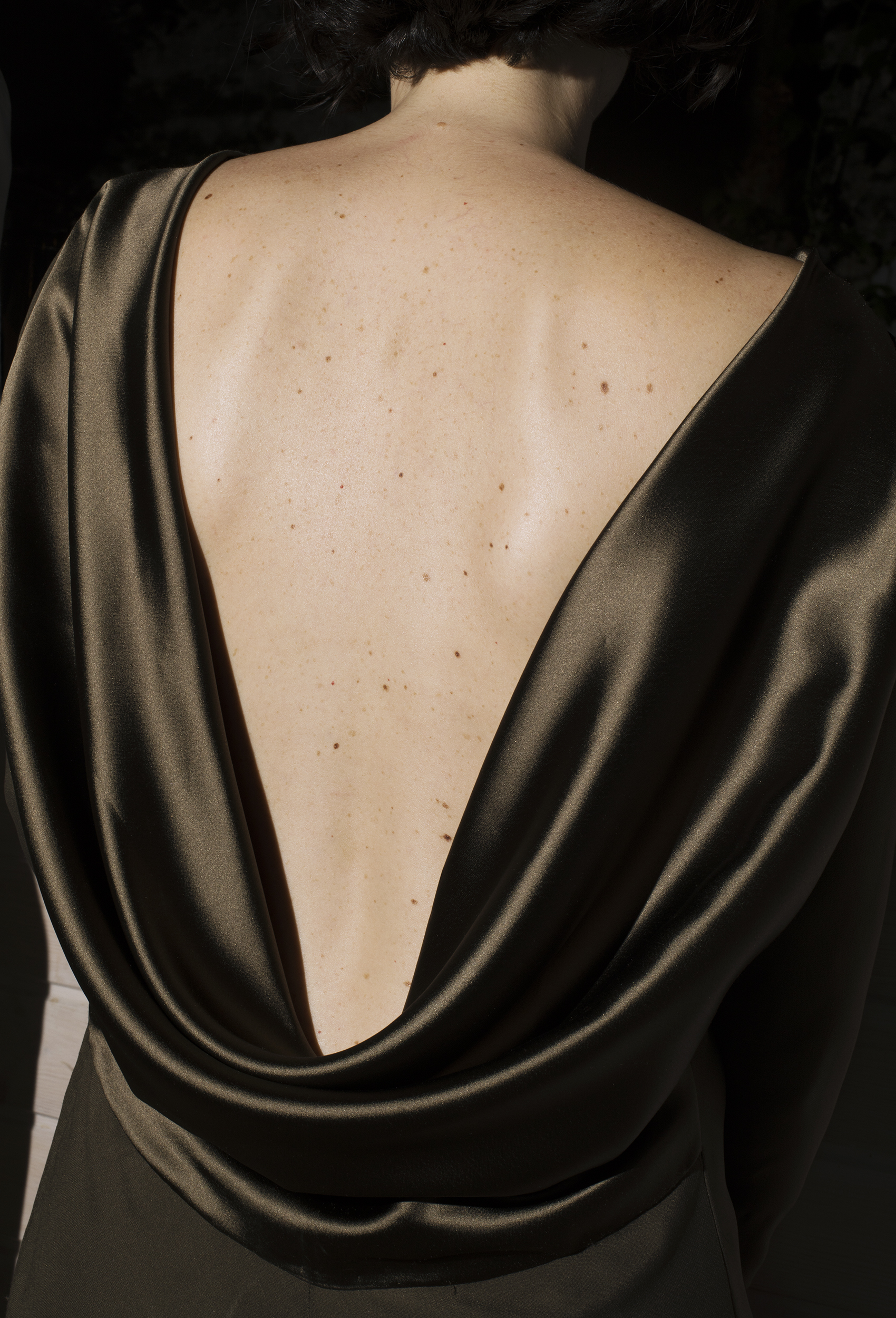Tiago Casanova
Which Way The Wind Blows
“The history of the Mediterranean Sea is vitally important for a proper understanding of Western Civilization’s origin and development. Since ancient times, it has been a prime navigation way for trade and cultural exchange between emergent peoples of the region, the Mesopotamian, Egyptian, Semitic, Persian, Phoenician, Carthaginian, Greek, Roman, and Turkish. From the invention of the wheel by the Mesopotamians, to the creation of the first alphabet by the Phoenicians, the introduction of philosophy and democracy by the Greeks, or the invention of astronomical instruments by the Arabs. From China to Europe, through traders, the Mediterranean has been a gateway for goods and knowledge, although it was also through this sea that the slave trade gained ground and still has echoes in today’s societies.
The project that I present seeks to address some of the human relations in the Mediterranean Sea of today, seen from a possible distant future. A sea haunted by myths, gods, legends, wars and sunken dreams, selling itself as an idyllic paradise to tourists. A sea divided, between legacy and future, between religions, modern and ancient myths and economical and social status. A sea divided between tourism and drowned migrants and asylum seekers. A sea that is Nostrum and Vostrum, but also the place of a colossal humanitarian crisis.
My approach to this project stems from my interest in subjective and allegorical readings of the photographic image, in-between reality and fiction. In the time of the Fake News and Post-truth politics facts do not seem to matter any more, but only our affections and feelings. We live in a time where everything seems to already have been represented; the photographic image has never been so abundant.
I saw myself in a distant future, imagining our relation to the realities and myths of today in the same way we, in our present, establish a relationship with our past and history: real and traditional stories embody beliefs regarding some facts or phenomena of experience, often personifying the forces of nature and of the soul. What will be the myths of the future in relation to the realities of today? What facts will be doubted, and what myths will be avowed. A visual narrative about the migrant crisis that does not represent the migrant crisis, the work emphasizes a contemporary society that chooses to ignore visual and political evidence, and prefers to believe that gods can turn people into stone.”
Images © Tiago Casanova



























